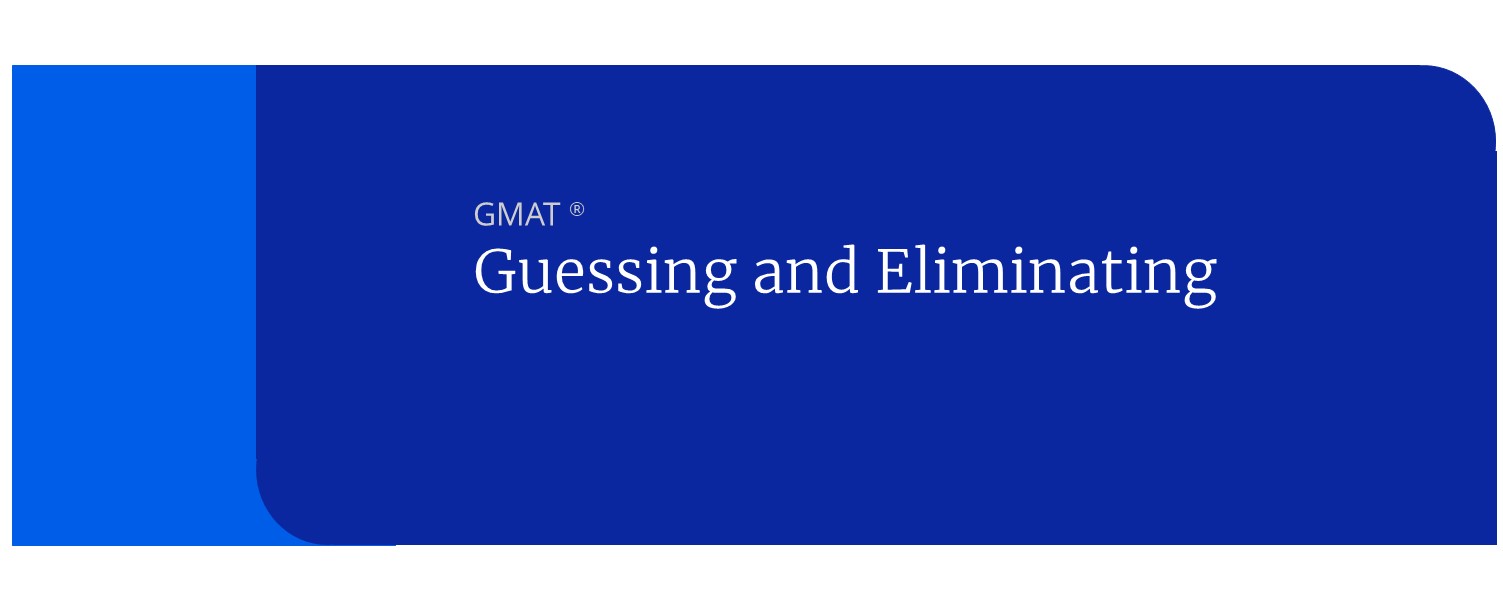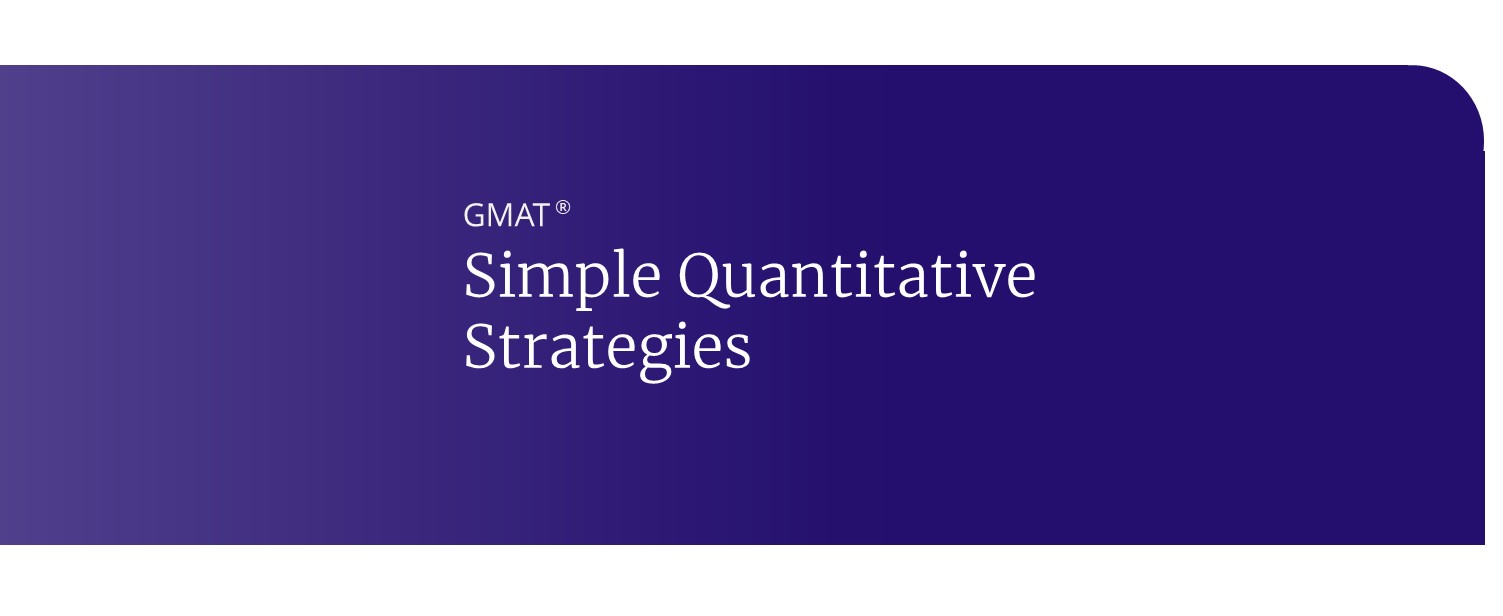GMAT Problem Solving: Guessing and Eliminating
While studying for the GMAT, we hope to be familiar with every type of question before walking into the test. Surprise slows you down, and knowing what to do ahead of time will save you time and help you earn more points. However, there will inevitably be questions for which you will not know how to find the exact answer.
In this post, we will quickly address guessing tactics and, more importantly, strategies to efficiently and accurately eliminate incorrect answer choices to reduce your options and point you in the right direction.
Guessing on the GMAT Quantitative Section
Wrong answers are chosen for a reason. For example, if the question involves fractions or inverses, 1/4 and 4 are one simple mistake away from each other. Because these mistakes are common, correct answers tend to be “close” to incorrect ones, and answer choices that are “way far off” from the others are typically wrong.
Take a peek at the last step of the question (if applicable). If it asks you for the √x, then look for a pair where one option is the square root of another.
Eliminating Wrong Answers on the GMAT
On the quantitative section, if we have some hesitation on a question, it helps to know which questions are incorrect without much thought.
GMAT Practice Question
If x is an odd integer and y is an even integer, which of the following CANNOT be an even integer?
A. y/x
B. 4(y/x)
C. 4x + y
D. 2(x + y)
E. 5(x – y)
Before we even start attacking the specifics of this question, we know any answer that satisfies the description “even integer” is NOT correct.
Plugging in numbers may help, but to save time, we can quickly recognize that any product including a factor of 2 must be even. Answer choices (B) and (D) are multiplied by 4 and 2 respectively, so those are out.
Then you can pick between (A), (C), and (E) through a variety of strategies.
GMAT Practice Question 2
How long (in hours) will it take Steve to run m miles if he runs at a constant speed of x miles per hour?
A. x/m
B. m/x
C. xm
D. 60m/x
E. x/60m
The two units provided in the question are miles and miles/hour, and the answer is to be in miles/hour. We know that sometimes we might want to convert hours to minutes, but because there is no mention of units, chances are we will not have to do that this time.
Answer choices (D) and (E) include “60”, which is an indication that you are incorrectly converting hours to minutes. You can then worry only about (A), (B), and (C).
Size Matters. Do a very quick estimate of what the answer should look like.
The town of Sandwich has a total of 5,400 citizens. Of these, 1/4 are over the age of 60. If an advertising campaign attracts a number of new residents over 60 equal to 1/5 of the town’s current 60+ citizens and there are no other changes in the population, approximately what percent of Sandwich’s total population would be over the age of 60?
A. 23.8%
B. 25%
C. 28.6%
D. 30%
E. 33.4%
After reading this question, we should think quickly about in which direction the percentage should be moving. We start at ¼ (25%) 60+ citizens and add more 60+ citizens to the population without any other additions. This will move the percentage UP.
If you have no clue how to answer this question, you are still guessing between (C), (D) and (E) since (A) and (B) are too low.


